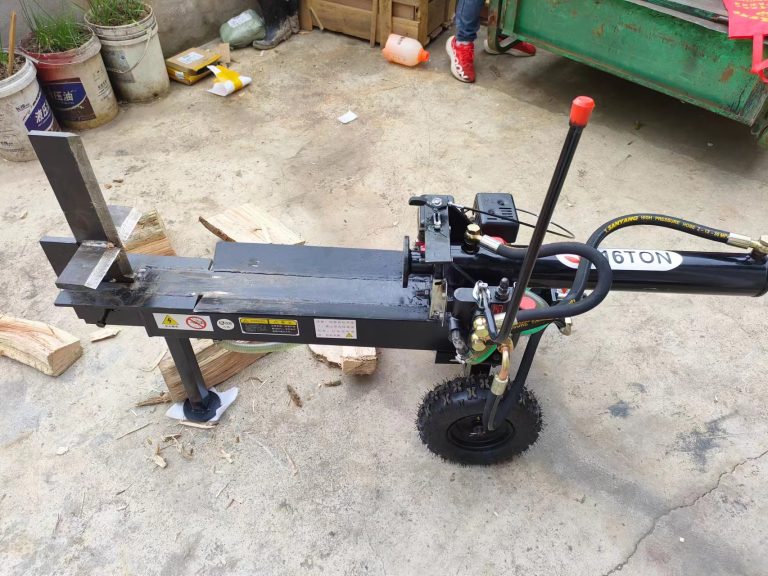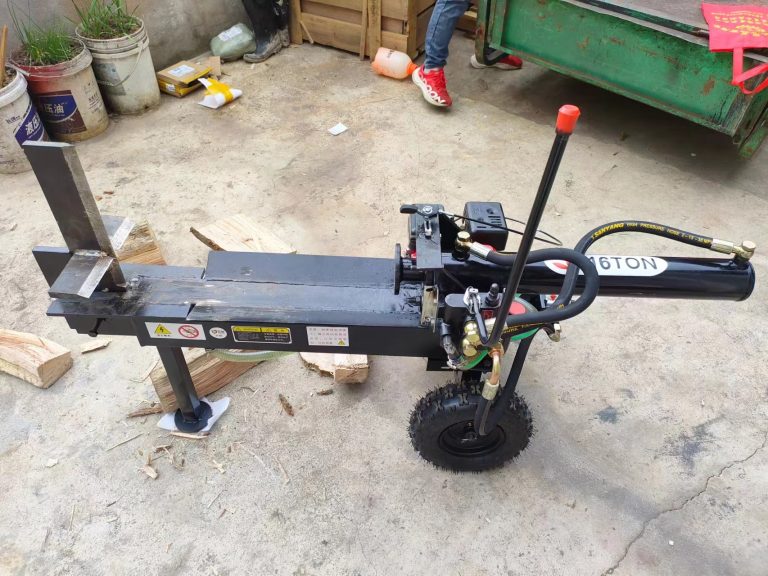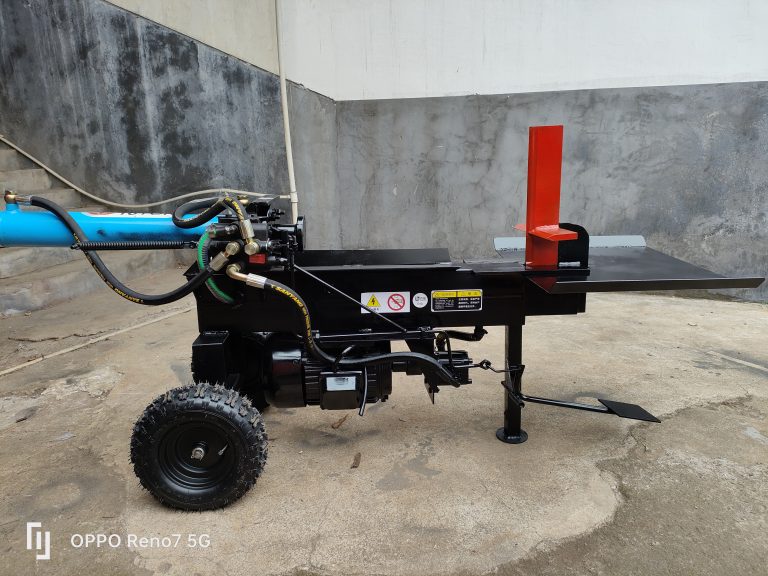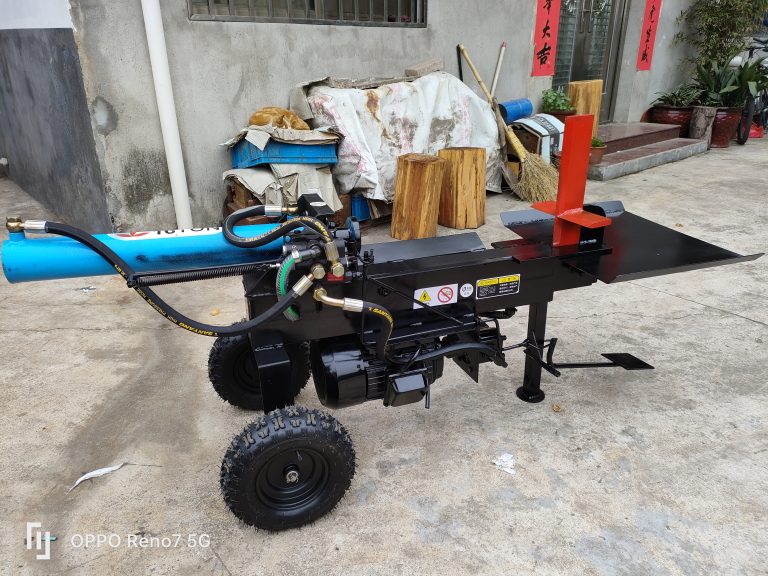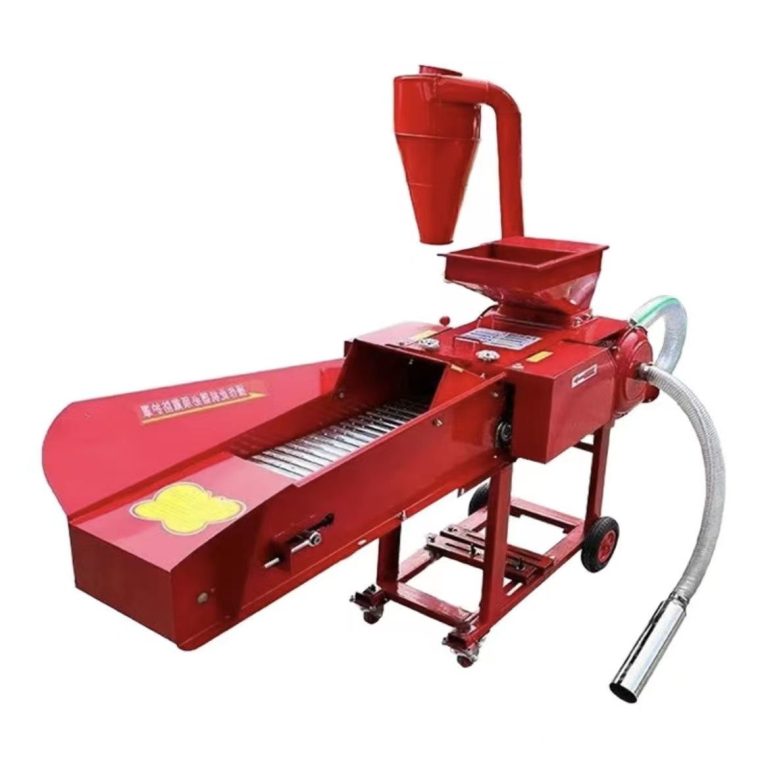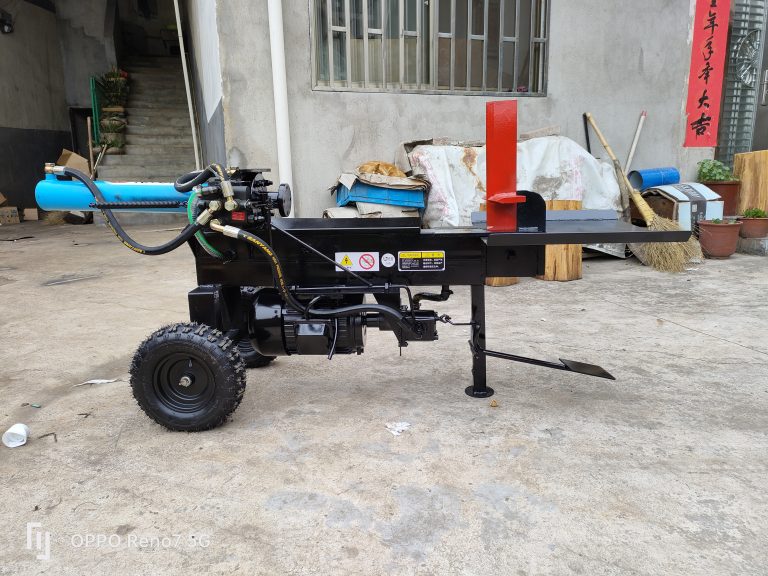Table of Contents
Efficiency of Wood Chopping Machine
Wood chopping machines have revolutionized the way we process firewood, making the task faster and more efficient than ever before. These machines come in various sizes and designs, but they all share the same goal: to automate the process of splitting wood into smaller pieces for use in fireplaces, stoves, and other heating applications. While these machines have certainly made the task of chopping wood easier, the question remains: how automatic are they really?
One of the key factors that determine the efficiency of a wood chopping machine is its power source. Some machines are powered by electricity, while others rely on gasoline engines or even manual labor. Electric wood chopping machines are typically more efficient and easier to use, as they require less physical effort on the part of the operator. Gasoline-powered machines, on the other hand, are more portable and can be used in remote locations where electricity is not available. Manual wood chopping machines, while the least efficient of the three, are still widely used in developing countries where access to modern technology is limited.
Another important factor to consider when evaluating the efficiency of a wood chopping machine is its cutting capacity. Machines with larger cutting capacities can process more wood in a shorter amount of time, making them more efficient overall. However, larger machines are also more expensive and may not be necessary for smaller-scale operations. It is important to carefully consider your specific needs and budget when choosing a wood chopping machine to ensure that you get the most value for your money.
In addition to power source and cutting capacity, the design of the wood chopping machine also plays a significant role in its efficiency. Machines with sharp blades and sturdy construction are more likely to produce clean, uniform cuts, reducing the amount of time and effort required to process the wood. Machines with adjustable settings for cutting size and speed can also help improve efficiency by allowing the operator to customize the machine to suit their specific needs.
| Applicable Industries | Farms, Home Use, Retail, Construction works , Forestry and Garden |
| Type | Wood splitter |
| Power Type | Gasoline/Petrol/Diesel/E-power |
| Splitting Force | 2tons/5tons/10tons/16tons/22tons |
| Maximumn trunk length: | 60cm |
| Maximmn trunk Dia: | 35-55cm |
| Max. Output: | 7.5HP/15HP |
Despite the many benefits of wood chopping machines, it is important to remember that they are not completely automatic. While these machines can certainly speed up the process of chopping wood, they still require some level of manual operation and oversight. Operators must feed the wood into the machine, monitor its progress, and remove the split pieces as they are produced. Regular maintenance and cleaning are also necessary to ensure that the machine continues to operate efficiently over time.
In conclusion, wood chopping machines have greatly improved the efficiency of processing firewood, making the task faster and easier for operators. However, it is important to remember that these machines are not completely automatic and still require some level of manual operation and oversight. By carefully considering factors such as power source, cutting capacity, and design, operators can choose a wood chopping machine that meets their specific needs and budget. With the right machine and proper maintenance, chopping wood can be a quick and efficient task that provides a reliable source of heat for years to come.
Impact of Automation on Wood Chopping Industry
Automation has become a prevalent trend in various industries, including the wood chopping industry. With the advancement of technology, wood chopping machines have been developed to streamline the process of cutting and splitting wood. These machines are designed to increase efficiency, reduce labor costs, and improve overall productivity. However, the question remains: how automatic are these wood chopping machines?
One of the key features of wood chopping machines is their ability to operate automatically. These machines are equipped with sensors and programming that allow them to perform tasks without human intervention. This automation feature is particularly beneficial for large-scale wood chopping operations, where a high volume of wood needs to be processed quickly and efficiently.
In addition to their automatic operation, wood chopping machines also offer a high level of precision. These machines are programmed to cut wood to specific dimensions, ensuring consistency in the size and shape of the wood pieces. This precision is essential for industries that require uniform wood pieces for their products, such as furniture manufacturers or construction companies.
Furthermore, wood chopping machines are designed to be versatile and adaptable to different types of wood. These machines can be programmed to adjust their cutting and splitting techniques based on the type of wood being processed. This flexibility allows wood chopping operations to handle a variety of wood species without the need for manual adjustments.
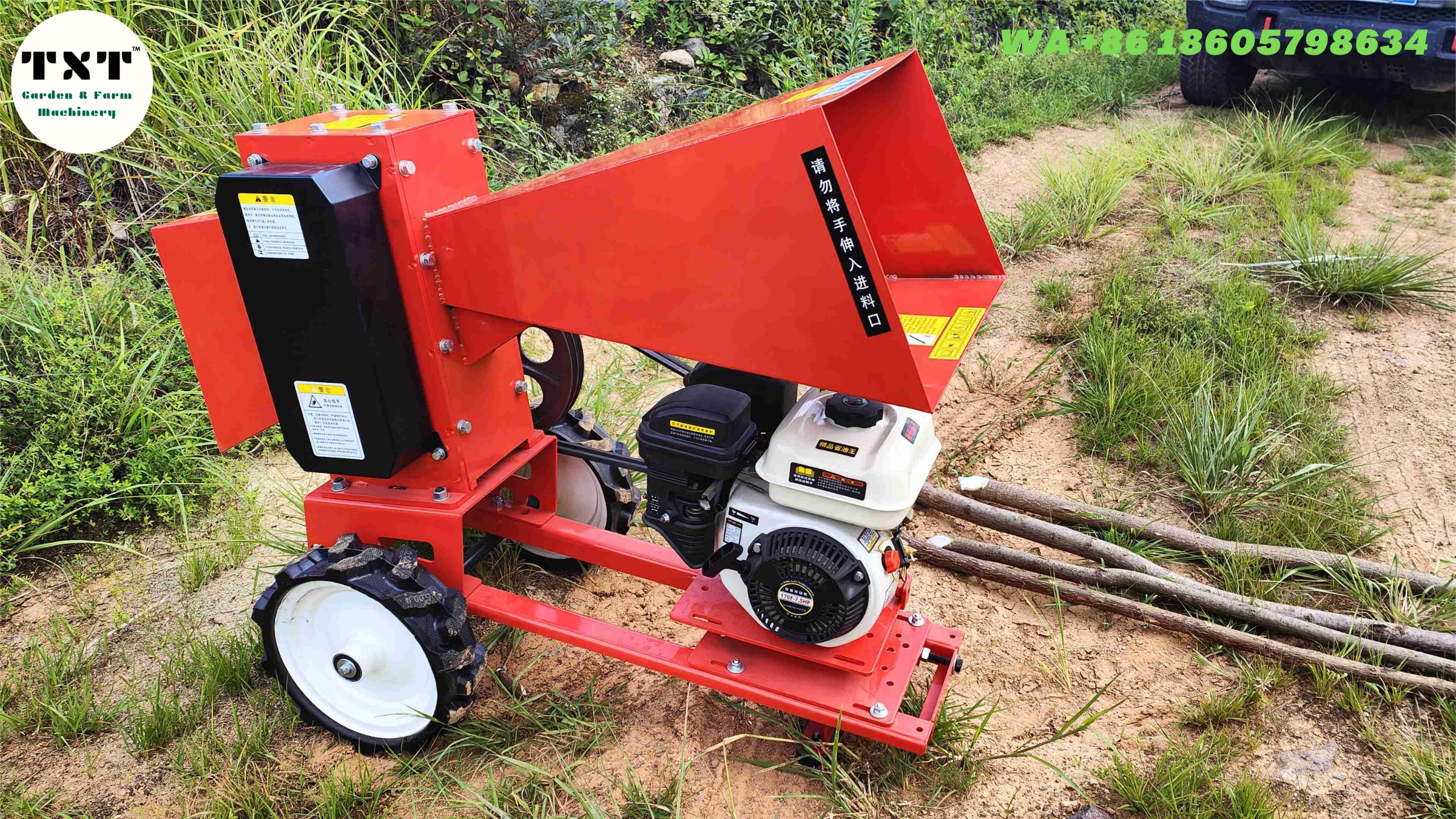
Despite their automatic operation and precision, wood chopping machines still require some level of human supervision. While these machines can perform tasks independently, they still need to be monitored to ensure they are operating correctly and safely. Human operators are responsible for loading and unloading wood, as well as performing routine maintenance on the machines.
| Applicable Industries | Farms |
| Type | Wood splitter |
| Power Type | Gasoline |
| Splitting Force | 2tons |
| Maximumn trunk length: | 60cm |
| Maximmn trunk Dia: | 35-55cm |
| Max. Output: | 7.5HP/15HP |
Another factor to consider is the initial investment required to purchase and install wood chopping machines. While these machines can improve efficiency and productivity in the long run, they come with a significant upfront cost. Companies must weigh the benefits of automation against the initial investment to determine if it is a viable option for their wood chopping operations.
In conclusion, wood chopping machines offer a high level of automation and precision in the wood chopping industry. These machines are designed to operate automatically, with sensors and programming that allow them to perform tasks without human intervention. They also offer a high level of precision, ensuring consistency in the size and shape of wood pieces. Additionally, wood chopping machines are versatile and adaptable to different types of wood, making them suitable for a variety of wood chopping operations.
However, despite their automatic operation and precision, wood chopping machines still require human supervision. Operators are responsible for loading and unloading wood, as well as performing routine maintenance on the machines. Furthermore, companies must consider the initial investment required to purchase and install wood chopping machines before deciding if automation is the right choice for their wood chopping operations.
Overall, while wood chopping machines offer a high level of automation, they still require some level of human involvement. Companies must carefully weigh the benefits of automation against the initial investment to determine if these machines are the right choice for their wood chopping operations.

